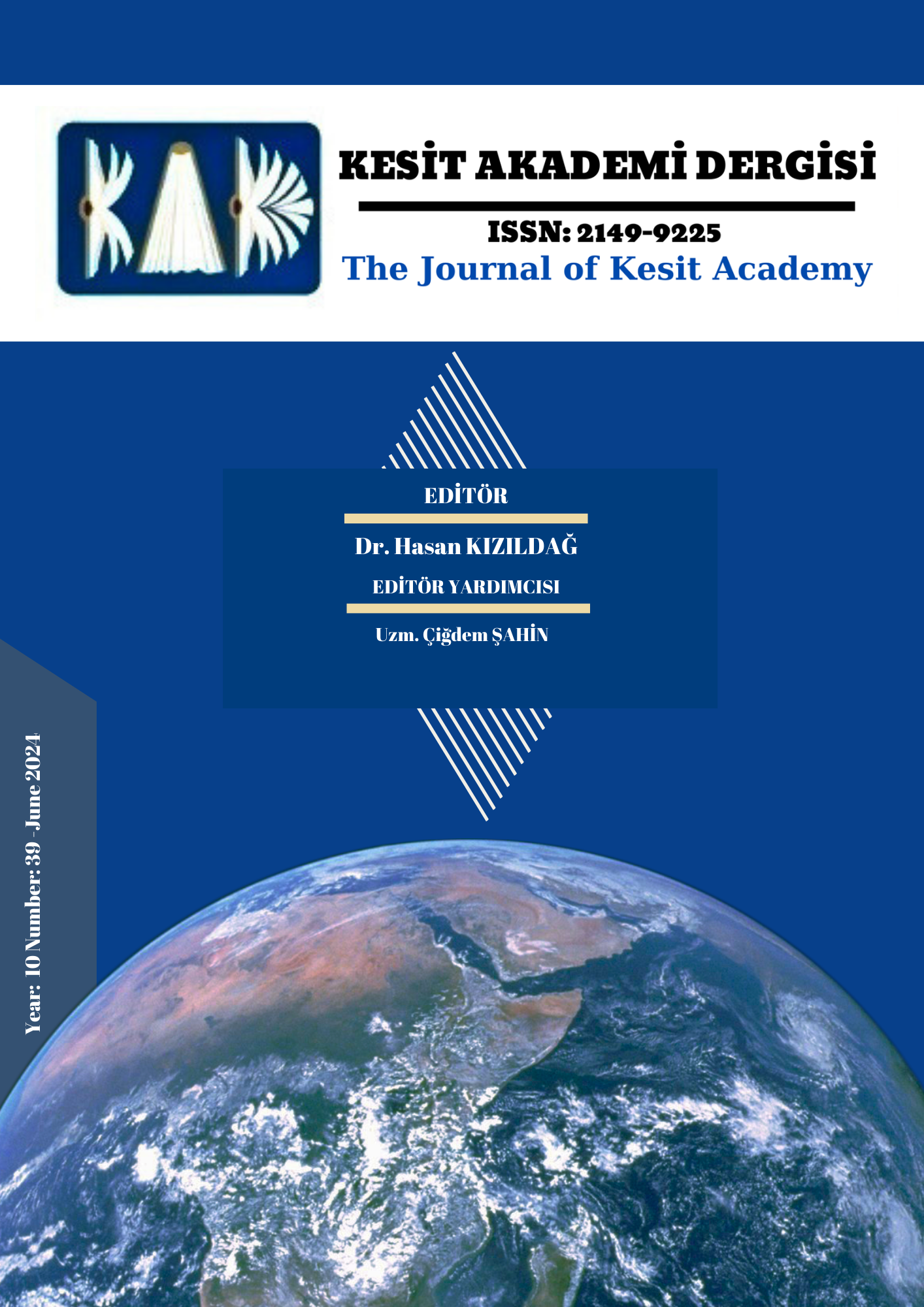Author :
Abstract
Osmanlı siyaset düşüncesinde devletin toplumla olan ilişkisi kapsamlı bir teori ve iç içe geçen kavramlar ile izah edilmekteydi. Buna göre tüm siyasal süreçlerin nihai amacı nizam-ı âlem olarak adlandırılan kamu düzenini inşa etmekti. Bu düzenin mevcudiyeti, toplumun iç dengesine ve üretimin devamlılığına bağlıydı. Toplumun iç dengesi, toplumu oluşturan dört sınıfın birbiriyle uyum içerisinde hareket etmesiyle sağlanıyordu. Bu sebeple söz konusu yaklaşıma erkan-ı erbaa yani dört unsur kuramı deniyordu. Üretimin devamlılığı ise adalet dairesi olarak adlandırılan ve devletin varlığını halkın refahına bağlayan bir kuram ile açıklanmıştı. Ancak XVI. yüzyıldan XVII. yüzyıla geçen süreçte Osmanlı Devleti’nde de devlet-toplum ilişkisi değişti. O zamana kadar Osmanlı gücünü ve başarısını açıklamak için kullanılan adalet dairesi ve dört unsur kuramı, XVI. yüzyılın son çeyreğinden itibaren karşılaşılan sorunlara çözüm bulmak için kullanılmaya başlandı. Bu çerçevede XVII. yüzyılın ortasına kadar Osmanlılar, karşılaştıkları sorunları, adalet dairesinden sapmalar ve toplumsal düzendeki bozulmalar olarak gördüler, çözüm olarak ise yine adalet dairesine dönmeyi ve toplumsal dengeyi sağlamayı önerdiler. Ancak XVII. yüzyılın ortasından itibaren Osmanlı yazarları eskiye dönmenin mümkün olmadığına kanaat getirdiler ve İbn-i Halduncu bir yaklaşımla değişen topluma yönelik çözüm arayışına girdiler. XVIII. yüzyıldan itibaren Osmanlılar, Avrupa’dan gelen yeni fikir akımlarının etkisiyle toplumu sadece değişebilen değil değiştirilmesi gereken bir yapı olarak görmeye başladılar. Bu çerçevede kendi bekası için halka adalet sunan ve toplumsal dengeyi muhafaza eden devlet anlayışı yerine kendi bekası için toplum yapısını şekillendiren, üretim kapasitesini geliştiren ve ortaya çıkan üretimden en fazla geliri elde eden devlet anlayışı benimsediler.
Keywords
Abstract
In the Ottoman political thought, the relationship of the state with society was explained with a comprehensive theory and intertwined concepts. Accordingly, the ultimate goal of all political processes was to build the public order called the order of the world. The existence of this order depended on the internal balance of the society and the continuity of production. The internal balance of the society was ensured by the four classes that made up the society acting in harmony with each other. For this reason, the approach in question was called erkan-ı erbaa, that is, the theory of four elements. The continuity of production was explained by a theory called the circle of justice, which linked the existence of the state to the welfare of the people. However, at the turn of the 17th century the state-society relationship changed in the Ottoman Empire. The circle of justice and the theory of four elements, which were used to explain the Ottoman power and success started to be used to find solutions to the problems encountered in that period. From the late 16th to the mid-17th century the Ottomans saw the problems they faced as deviations from the circle of justice and deteriorations in the social order, and they proposed to return to the circle of justice and ensure social balance as a solution. However, the starting from the mid-17th century, the Ottoman writers became convinced that it was not possible to return to the past and began to seek solutions for the changing society with an Ibn Khaldun approach. Then in the 18th century, the Ottomans, under the influence of new intellectual movements coming from Europe, began to see society as a structure that not only could change, but also needed to be changed. In this context, instead of the concept of a state that provides justice to the public and maintains social balance for its own survival, they adopted the concept of a state that shapes the social structure, improves production capacity and obtains the most income from the resulting production for its own survival.





